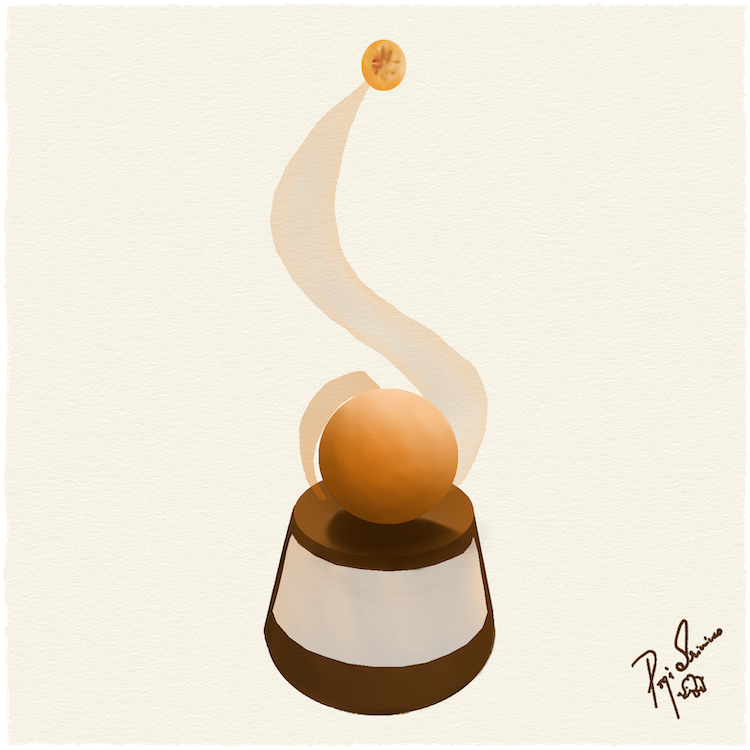Inktober 2025
This Inktober, every prompt is a clue. I'm embarking on an Inktober journey through the lens of a detective, exploring each day's challenge with intellectual curiosity. To capture a timeless sense of elegance and intrigue, the series will be crafted with sepia-toned (digital) colored pencils against the rich texture of hand-made ivory deckled paper.


Day 27: Onion
"It was the taste of betrayal, masked by the savory comfort of his favorite onion pie."
The Onion Pie Murder deeply impacted the quaint village of Chiddingly in East Sussex, England and fundamentally shifted the regional stance on public executions. On Christmas Eve 1851, William French was poisoned by his wife, Sarah. She laced his favorite onion pie with arsenic, which William had, ironically, purchased himself to kill mice. William became gravely ill and died a few weeks later.
Initially deemed a natural death, the case was reopened amid rumors of Sarah's affair with James Hickman. During her trial, Sarah unsuccessfully tried to blame James. However, the evidence of her unhappy marriage, suspicious conduct, and the discovered affair led to her conviction for willful murder.
Sarah was the last woman publicly hanged outside Lewes Prison on April 10, 1852, before a crowd of approximately 4,000 people. Officials noted that Sarah herself had attended an earlier execution. Worried the public spectacle was inspiring copycat poisonings instead of preventing crime, authorities ended public hangings in the area.
Did public justice deter crime or just teach new methods?
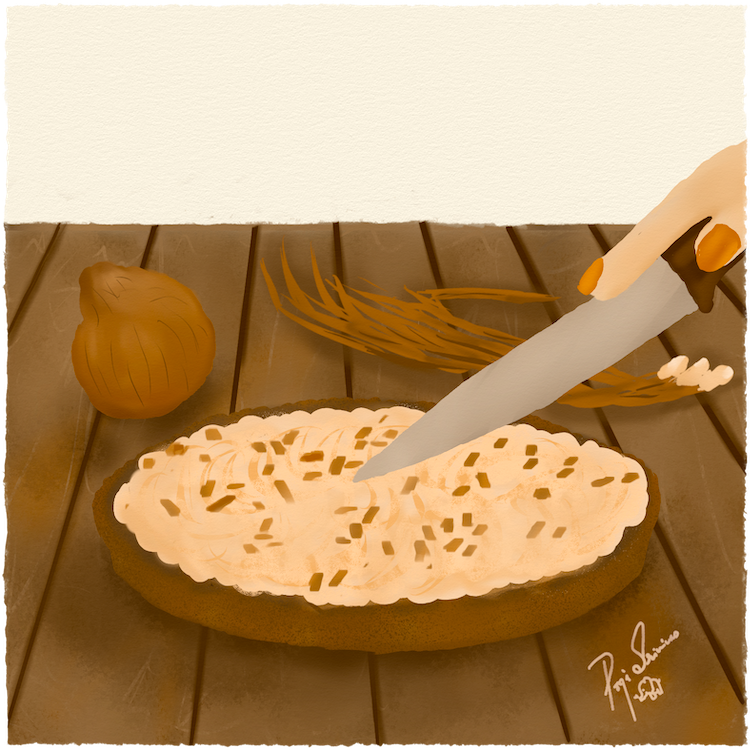

Day 28: Skeletal
"Skeletal remains can tell us a story of the human condition, even at its most horrific."
In the TV Series Bones, Dr. Brennan's team confronts The Puppeteer ("The Monster in the Closet," S11E13), arguably their most disturbing adversary due to his grotesque use of human remains.The investigation starts with a murder, but the true horror is revealed at the victim's home: a meticulously re-articulated marionette skeleton hanging in a closet, strung with wires like a puppet.
The killer's unique and disturbing signature is his absolute control. He murders his victims, lives with their corpses for months, and then cleans and wires the skeletal remains, turning them into his personal marionettes. The drill holes found in the bones confirm they were used as props on a macabre, private stage.
Profiling reveals the killer targets "strong role models," attempting to create an obedient, permanent audience. Dr. Brennan is unnerved, finding an unsettling connection between her own precise, analytical focus on bones and the killer's meticulous anatomical skill. The episode concludes with a chilling cliffhanger where the serial killer (still unidentified) is revealed to be watching the team via hidden surveillance, specifically zeroing in on Dr. Brennan as his next victim.
If the killer's purpose is to turn life into performance, does the absence of flesh make the puppet more human or less?
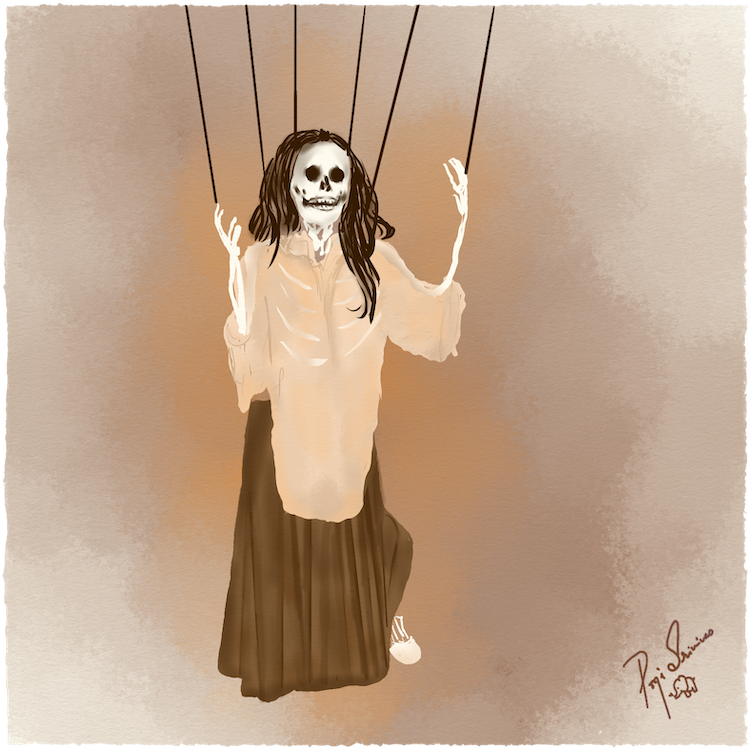

Day 29: Lesson
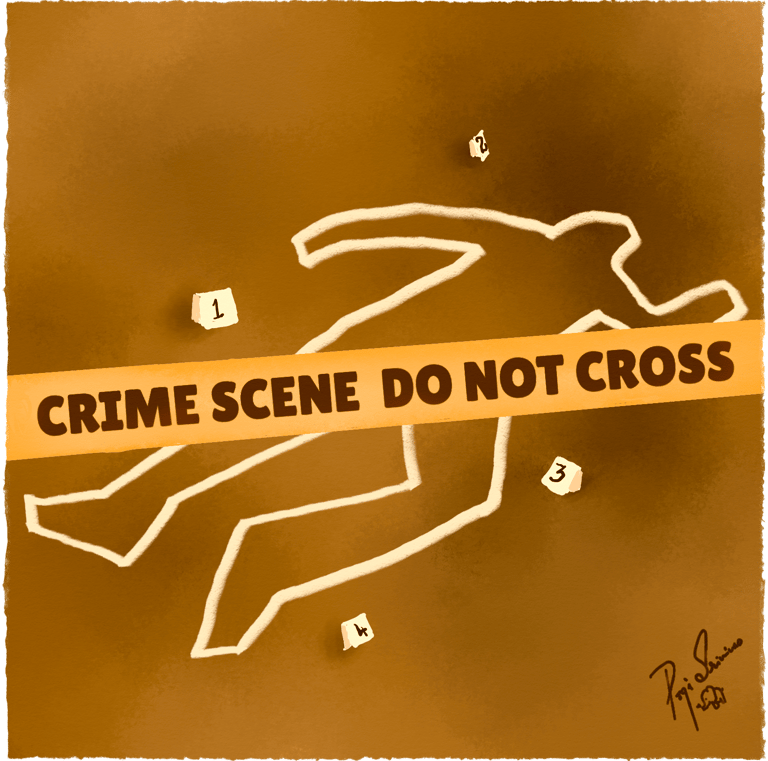

"The greatest lesson from DNA profiling was a shift in perspective: its true power wasn't just in identifying criminals, but in exonerating the wrongly accused."
DNA's first forensic use during the Narborough murders investigation in the UK didn't just point to a killer; it dramatically cleared a suspect who had falsely confessed. This proved DNA's power to exonerate was as profound as its power to convict. The hunt for the real killer, Colin Pitchfork, through the first mass DNA screening, also demonstrated the technique's population-level power and how criminals might try to evade it.
This game-changing tech was an accidental discovery. Geneticist Sir Alec Jeffreys found his "DNA fingerprint" in 1984 while studying inherited diseases, realizing the unique pattern of genetic bands meant every person was one-of-a-kind.
DNA profiling's evolution is a response to lessons from casework. The Pitchfork success inspired national DNA databases like CODIS. The challenge of degraded or minimal evidence drove the shift to modern STR analysis, which can build a profile from the tiniest trace. Finally, stubborn cold cases that databases couldn't solve have spurred the leap into forensic genetic genealogy, using public DNA sites to find family matches and deliver answers.
Which unsolved mystery do you think genetic genealogy will crack next?
Day 30: Vacant
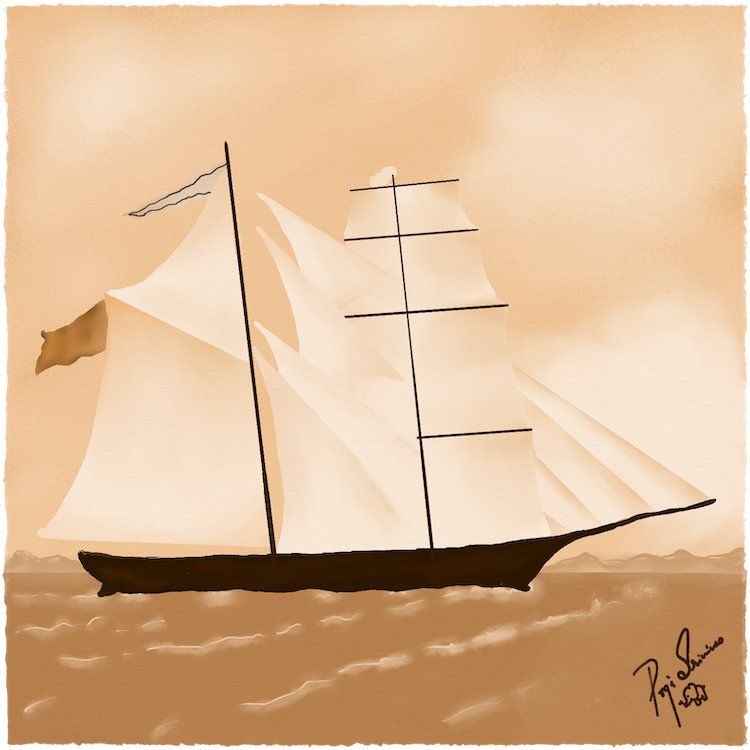

"A perfectly sound ship, yet utterly vacant, became the greatest maritime riddle."
The Mary Celeste remains history’s most famous ghost ship. Sighted sailing erratically near the Azores in December 1872 by the Dei Gratia, the ship was found to be completely vacant. Captain Benjamin Briggs, his wife, daughter, and seven crewmen were gone.
There were no signs of struggle, piracy, or violent weather. The ship was structurally sound and seaworthy and the cargo largely intact. Personal belongings were left behind, and the logbook's final entry was from November 25, ten days earlier. The only disorder was a missing lifeboat and an open hatch, suggesting intentional, but urgent, abandonment.
The complete lack of a solution has fueled theories. Mutiny and piracy were dismissed due to the lack of violence and untouched cargo. A popular theory is the leakage of the alcohol cargo may have caused explosive fumes, terrifying Briggs into ordering an immediate evacuation into the lifeboat which was tethered to the ship. A sudden swell or wind shift could have snapped the line, leaving them adrift as the Mary Celeste sailed away, sound but abandoned. Despite exhaustive investigations, the ten souls were never found.
What unseen terror do you think made Briggs abandon a safe vessel?
Day 24: Award
"The award sets a critical standard, challenging the entire industry to advance and improve forensic technology."
The Data Security Council of India (DSCI) Excellence Awards represent India's most prestigious recognition for cybersecurity and digital forensic excellence, celebrating organizations and professionals advancing crime-solving capabilities in the cybercrime era. Presented annually at the NASSCOM-DSCI Annual Information Security Summit, these awards honor innovations that transform how law enforcement agencies combat evolving cyber threats through forensic technology and investigation methodologies. The Academia category specifically recognizes institutions excelling in capacity building for cybercrimes, cyberlaws, and digital forensics.
The National Forensic Sciences University (NFSU), Gandhinagar, Gujarat, exemplifies this excellence, winning the award multiple years for pioneering digital forensics labs, training 19,500+ Indian and 2,800+ international officers, and developing state-of-the-art cyber investigation capabilities. Other DSCI winners include institutions like NLSIU's Cyber Law Centre and organizations like SISA, recognized for exceptional cybersecurity services and forensic intelligence. The awards underscore India's commitment to building robust forensic infrastructure addressing modern threats from financial crimes, data breaches, and organized cybercrime networks.
As digital crimes evolve exponentially, can traditional forensic training systems keep pace?
